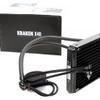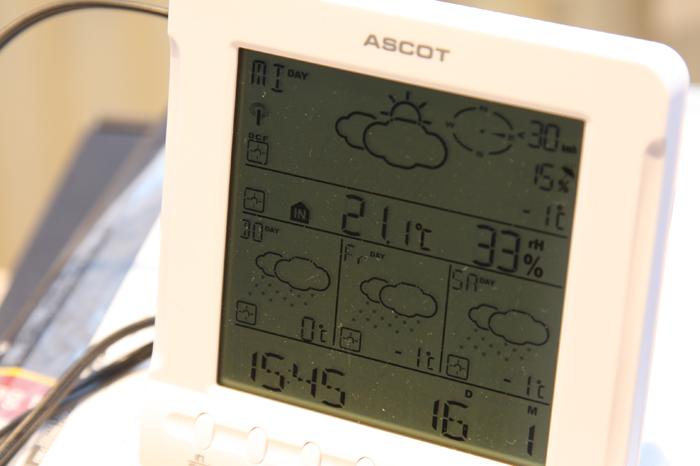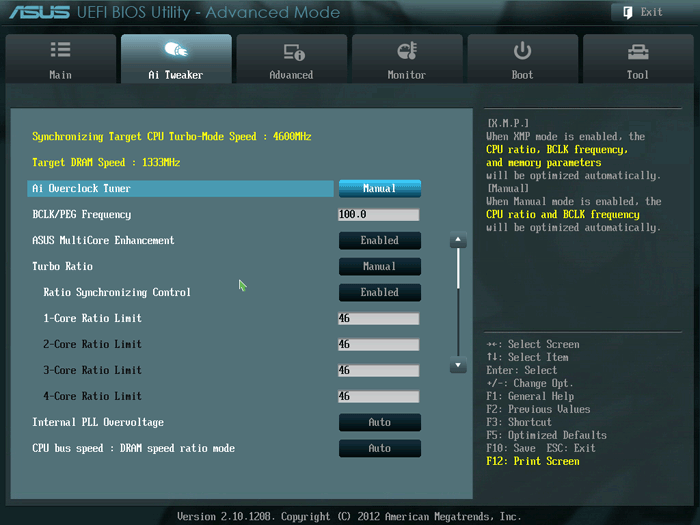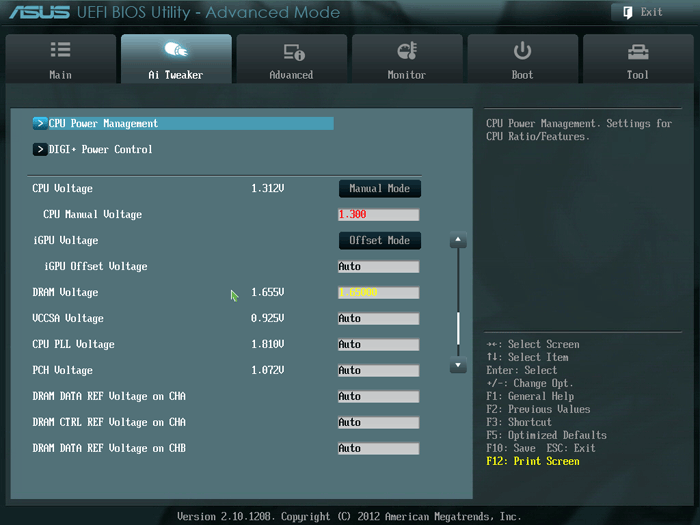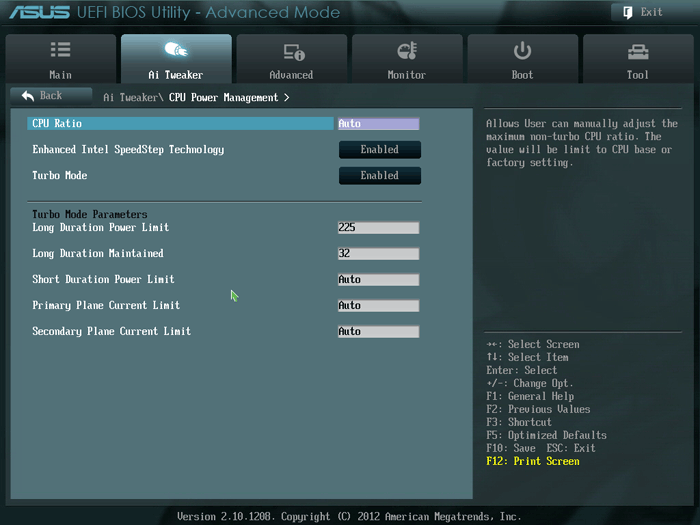Preparing the System Overclock
Preparing the System Overclock
So as explained we'll look at the cooler in several system configurations. For the audiophiles amongst us your focus should be noise levels mostly. Then there is your normal non overclocked mainstream usage and then the performance enthusiast overclocking users. So with the many variables in mind we'll be testing four things for the cooler.
- DBa noise pressure levels
- Temperature with the CPU at default settings
- Temperature with the CPU at 4600 MHz with 1.2 Volts applied to the CPU
- Temperature with the CPU at 4600 MHz with 1.3 Volts applied to the CPU
Mind you that all our tests are performed at a room temperature of roughly 21 Degrees C.
Now I decided to go with the Core i7 3770K as it literally is the hottest processor your money can get you. You guys all know that once overclocked with added voltage, the temperatures get out of control big-time.
We've been battling the question whether or not to actually use a Core i7 3770K. The Ivy Bridge processors all have poor heat transfer from the silicon die to the IHS. Fact remains that Ivy Bridge is what people buy -- and as such you want to know how these coolers perform on it. We could use a Core i7 2600K instead, but these already are EOL. We could also use a 1000 EUR 6-core Core i7 3960X processor but again ... how many people do actually buy these processors ?
The vast majority of our readers will purchase the Core i7 37x0 or Core i5 35x0 series -- so this is what most of our readers are really interested in hence we took the top tier 4-core SKU -- it's just that Intel made things very complicated with their poor heat transfer design.
Our BIOS settings (ASUS TUF Sabertooth Z77):
So we'll be testing that processor at default clock frequencies, and then overclocked towards 4600 MHz with a 1.20 Volts and then blast the processor with 1.30 Volts like shown above.
That voltage is not really needed for 4600 MHz but typically will bring the processor with a non-performance heatpipe cooler towards 90 Degrees C (!). We are merely trying to see how the cooler will behave under such stringent conditions. All temperatures reported are the processor package sensor temps. The cores independently will differ a little in degrees C here and there. We measure at an ambient room temperature of 21 Degrees C.
